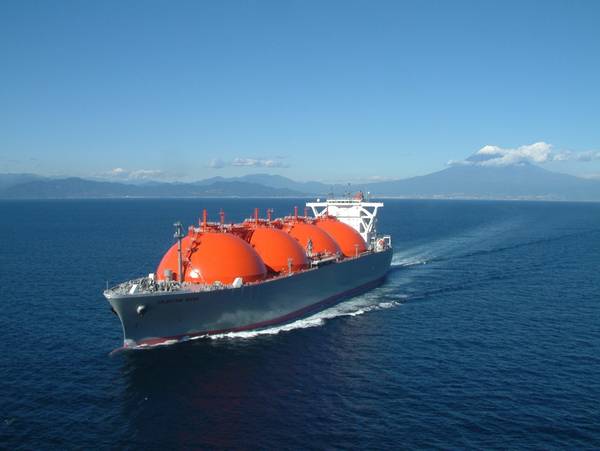
Drewry's latest 'LNG Insight' saw heating demand subside in major importing regions in February & cargo availablilty also tightened.
Regarding cargo availability, a few unplanned shutdowns, caused a 4% decline in the LNG Freight Index.
LNG shipping enjoyed a dream run during 2011 and 2012, owing largely to increasing tonne-mile demand and an almost stagnant fleet. Freight market prospects would be even brighter if fleet supply were to remain at current levels, but this will not be possible as 81 more vessels could join the fleet during 2013-15, while only 10 vessels could be considered as demolition candidates. The fleet could grow to 430 vessels (accounting for projected demolitions) by the end of 2015, representing a rise of 20% from current levels.
The orderbook-to-fleet ratio was 30% at the end of February, while it was just over 8% at the end of 2010. In 26 months, fresh orders for 89 vessels aggregating 14.5 million cbm were placed.
Based on liquefaction capacity addition plans in Australia and the US, the LNG shipping industry could need many more vessels in the latter half of the decade than are currently on order. A few positive developments in Africa also indicate that LNG production could rise significantly if everything goes as planned.
However, the major concern for shipowners is that not much liquefaction capacity will be added during 2013-15, when most of the new vessels are delivered. Reports of a possible re-start of Japanese nuclear facilities could also return the market to the times when vessels waited for months waiting for employment or for commissioning of the project with which they were ordered.
Japan was the single largest factor driving the market in 2012, and the trend is expected to continue in 2013, as re-starting all of the nuclear facilities cannot be a hurried process. Still, the medium-term outlook for unchartered vessels does not appear bright as about 40 million tonnes per annum of additional production would be required to keep these vessels employed. Unfortunately, this is not on the cards, so the short-term and spot freight markets are likely to start falling soon
The Drewry LNG Freight Index is freight rate assessments based on actual deals and market reports for a conventional LNG carrier of 160,000-173,000 cbm and less than five years of age.
Source:
Drewry's latest 'LNG Insight' saw heating demand subside in major importing regions in February & cargo availablilty also tightened.
Regarding cargo availability, a few unplanned shutdowns, caused a 4% decline in the LNG Freight Index.
LNG shipping enjoyed a dream run during 2011 and 2012, owing largely to increasing tonne-mile demand and an almost stagnant fleet. Freight market prospects would be even brighter if fleet supply were to remain at current levels, but this will not be possible as 81 more vessels could join the fleet during 2013-15, while only 10 vessels could be considered as demolition candidates. The fleet could grow to 430 vessels (accounting for projected demolitions) by the end of 2015, representing a rise of 20% from current levels.
The orderbook-to-fleet ratio was 30% at the end of February, while it was just over 8% at the end of 2010. In 26 months, fresh orders for 89 vessels aggregating 14.5 million cbm were placed.
Based on liquefaction capacity addition plans in Australia and the US, the LNG shipping industry could need many more vessels in the latter half of the decade than are currently on order. A few positive developments in Africa also indicate that LNG production could rise significantly if everything goes as planned.
However, the major concern for shipowners is that not much liquefaction capacity will be added during 2013-15, when most of the new vessels are delivered. Reports of a possible re-start of Japanese nuclear facilities could also return the market to the times when vessels waited for months waiting for employment or for commissioning of the project with which they were ordered.
Japan was the single largest factor driving the market in 2012, and the trend is expected to continue in 2013, as re-starting all of the nuclear facilities cannot be a hurried process. Still, the medium-term outlook for unchartered vessels does not appear bright as about 40 million tonnes per annum of additional production would be required to keep these vessels employed. Unfortunately, this is not on the cards, so the short-term and spot freight markets are likely to start falling soon
The Drewry LNG Freight Index is freight rate assessments based on actual deals and market reports for a conventional LNG carrier of 160,000-173,000 cbm and less than five years of age.
Source: Drewry LNG Shipping Insight



